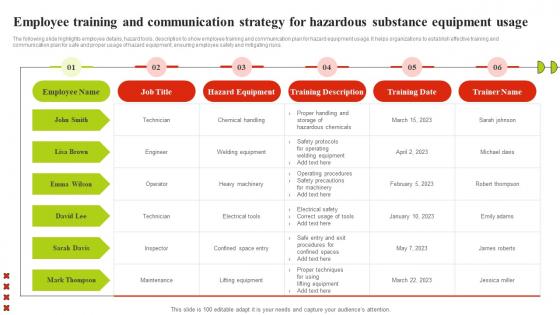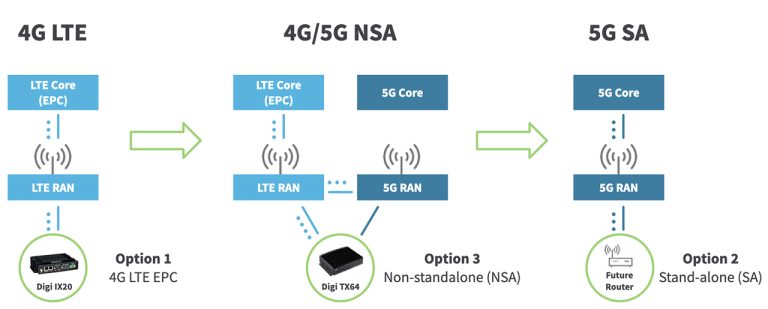5G NR Standalone (SA) Registration and Attach Call Flow Explained
telcomatraining.com – With the global adoption of 5G technology accelerating, understanding how 5G New Radio (NR) Standalone (SA) networks operate has become crucial for engineers, network architects, and telecom professionals. One of the foundational processes in 5G SA architecture is the registration and attach call flow, which ensures a user device (UE) is securely connected to the 5G Core (5GC). This article breaks down the 5G NR SA registration and attach procedure in a simple, structured way.
What is 5G NR Standalone (SA)?
5G NR Standalone (SA) refers to a 5G network architecture where the 5G radio access network (RAN) and the 5G Core (5GC) operate independently of any legacy 4G LTE infrastructure. This contrasts with the Non-Standalone (NSA) mode, where 5G RAN relies on the existing 4G core for control signaling. SA architecture offers lower latency, higher throughput, and supports advanced 5G features such as network slicing, URLLC (Ultra-Reliable Low-Latency Communication), and mMTC (massive Machine Type Communication).
Key Components in 5G SA Architecture
Before diving into the call flow, let’s identify the essential network elements involved in the registration and attach process:
- UE (User Equipment): The 5G-compatible device initiating the registration.
- gNB (Next Generation NodeB): The 5G base station that interfaces with the UE.
- AMF (Access and Mobility Management Function): Manages UE registration and mobility.
- SMF (Session Management Function): Handles session and IP address management.
- UPF (User Plane Function): Forwards user data traffic.
- UDM/AUSF: Responsible for authentication and subscription information.
5G NR SA Registration and Attach Call Flow
The 5G SA registration and attach procedure consists of several key steps:
1. RRC Connection Setup
- The UE initiates an RRC Connection Request to the gNB.
- The gNB responds with an RRC Connection Setup, including parameters to establish the link.
- The UE completes the step with an RRC Connection Setup Complete message containing the NAS (Non-Access Stratum) message.
2. Initial NAS Registration Request
- Within the RRC Setup Complete message, the UE sends a Registration Request to the AMF.
- The request includes details such as UE identity, requested NSSAI (Network Slice Selection Assistance Information), and PDU session capabilities.
3. Authentication Procedure
- The AMF initiates authentication by contacting the AUSF, which then fetches subscriber data from the UDM.
- The AMF sends an Authentication Request to the UE.
- The UE responds with an Authentication Response after verifying the challenge.
4. Security Setup
- Once authenticated, the AMF and UE agree on security parameters using Security Mode Command and Security Mode Complete messages to establish encryption and integrity protection.
5. Registration Accept and Complete
- Upon successful security setup, the AMF sends a Registration Accept message.
- The UE finalizes the process by responding with a Registration Complete message.
6. PDU Session Establishment
- After registration, the UE initiates a PDU Session Establishment Request.
- The AMF routes this to the appropriate SMF, which allocates an IP address and selects a UPF.
- The SMF sends a PDU Session Establishment Accept, completing the attach process and enabling data transfer.
Benefits of the 5G SA Registration Process
The 5G NR SA registration and attach call flow is streamlined for high efficiency, enabling:
- Reduced Latency: Direct connection to the 5G Core eliminates LTE overhead.
- Improved Security: Enhanced authentication and encryption at multiple layers.
- Flexible Network Slicing: Allows customized services for enterprises, IoT, and consumers.
- Enhanced Mobility Management: Supports seamless handovers and dynamic resource allocation.
Conclusion
Understanding the 5G NR SA registration and attach call flow is essential for implementing and optimizing next-generation networks. From the initial RRC setup to full PDU session establishment, each step plays a critical role in ensuring secure, fast, and reliable connectivity. As 5G SA becomes the backbone of digital transformation, mastering this workflow will be invaluable for telecom professionals and enterprises alike.







